 One of the points of interest to the public is whether or not banks are repaying the TARP funds they received as part of a bailout following the 2008 financial crisis. The Troubled Asset Relief Program was designed to help banks shore up their financial situations. The idea was to provide low-cost loans to troubled banks to help them retain the capital needed to avoid failure. TARP was set up as a way to keep the money moving through the economy. Politicians insisted that the funds would help keep the economy from completely collapse. However, since the money was loaned to the banks by taxpayers, they have been expected to repay the money.
One of the points of interest to the public is whether or not banks are repaying the TARP funds they received as part of a bailout following the 2008 financial crisis. The Troubled Asset Relief Program was designed to help banks shore up their financial situations. The idea was to provide low-cost loans to troubled banks to help them retain the capital needed to avoid failure. TARP was set up as a way to keep the money moving through the economy. Politicians insisted that the funds would help keep the economy from completely collapse. However, since the money was loaned to the banks by taxpayers, they have been expected to repay the money.
It is little surprise that many taxpayers are keenly interested in which banks have repaid their debt. More than 900 banks across the country took advantage of TARP, including big banks like Bank of America, Capital One, Citibank, JPMorgan Chase, and Wells Fargo. However, there were quite a few regional and local banks – including private banks – that received TARP funds. So, since these funds were only supposed to be loans, how many banks have actually repaid the money?
Repaying TARP Funds
With huge profits coming in for banks, taxpayers are interested in whether or not the big banks have repaid their debts. In strict dollar terms, the answer to that question is, “yes.” Indeed, Bank of America, Capital One, Fifth Third, Chase, Wells Fargo, Capital One, Key, Citi, and many more are showing as paid up. However, some are questioning whether or not some of the money has really been repaid.
One of the reasons that some are wondering about TARP funds is that one of the methods of repayment is to simply borrow money from the government to repay the money…borrowed from the government. The Washington Post points out that some of the banks that received these special loans repaid their obligations by borrowing from the Small Business Loan Fund.
Another way that some banks have repaid their loans is with the help of stock warrants. One example is Citi. Instead of repaying its TARP loan entirely in cash, the government accepted equity for a significant portion of the repayment. So, even though Citi is considered to have repaid the TARP funds it took out, part of that payment was in equity. Sure, the government could, in theory, make money from such deals. But it still raises questions about the nature of TARP repayment.
Does it really “count” as repayment when some of the money is repaid in equity, and some of it is repaid using money borrowed from other government programs. Too many, it seems more like shifty accounting than an actual repayment. And that doesn’t even count the banks that haven’t yet repaid TARP, or the financial institutions that insist that they plan to repay TARP – but haven’t. In order to drum up better publicity after accepting TARP funds, some banks, including regional Zions Bancorp, loudly announced that they would repay the TARP funds. However, some of these banks have yet to make good on such promises.
It seems natural to want to keep tabs on TARP repayment. After all, the banks got special treatment with loans at good terms. Many of the taxpayers helping to fund the bailout, though, were left out in the cold without receiving any sort of a break from the very banks they have been supporting with bailout funds. Keeping the banks accountable – or at least understanding how TARP has been repaid – is one way to attempt to do that.
(You can see a full list of TARP recipients, and what they have returned to taxpayers, at ProPublica.)

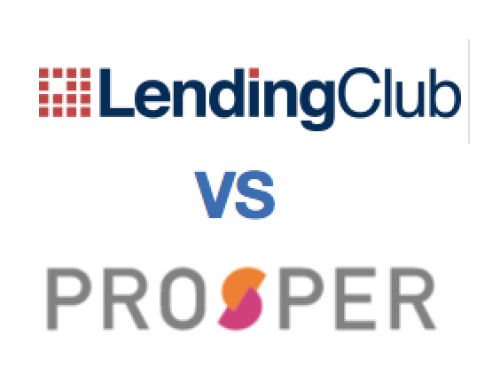
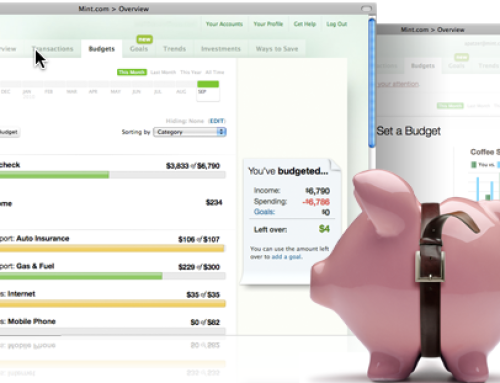
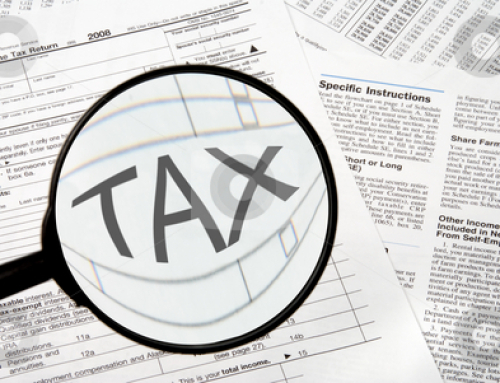
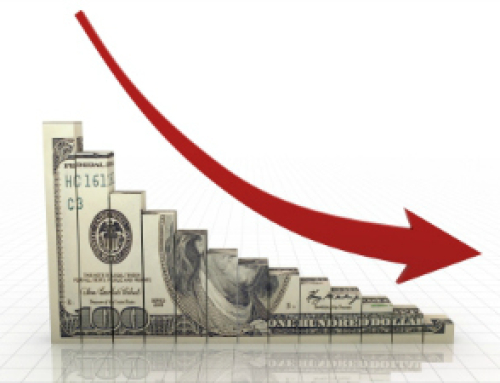
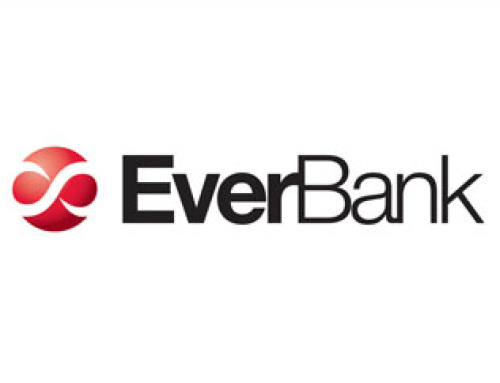







Follow Us